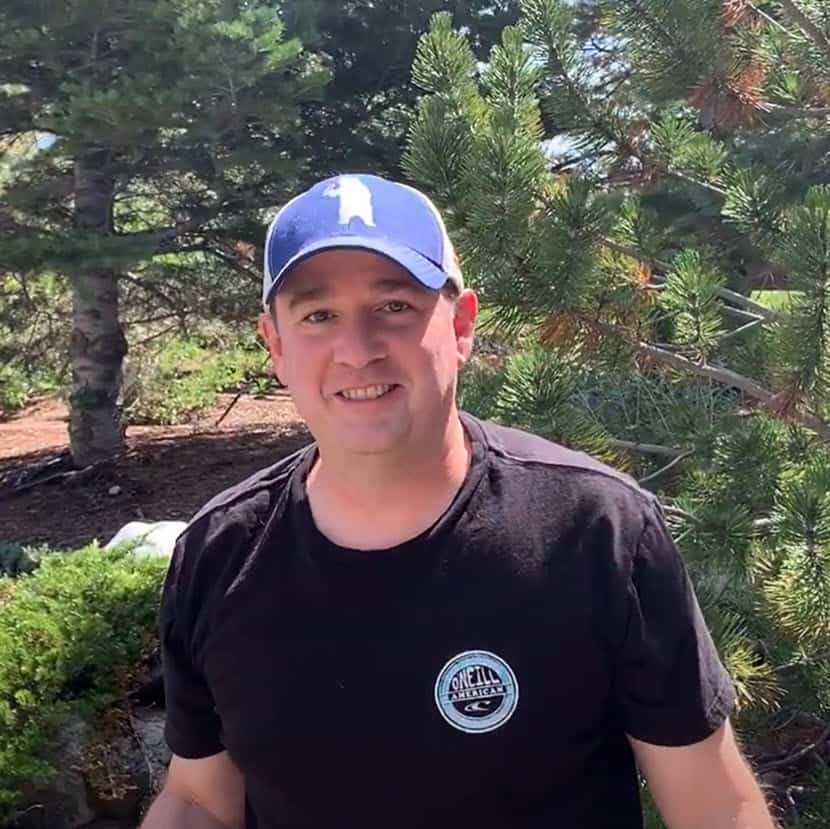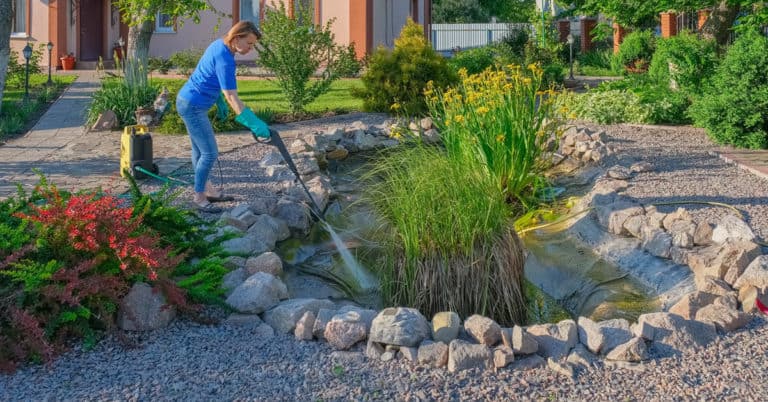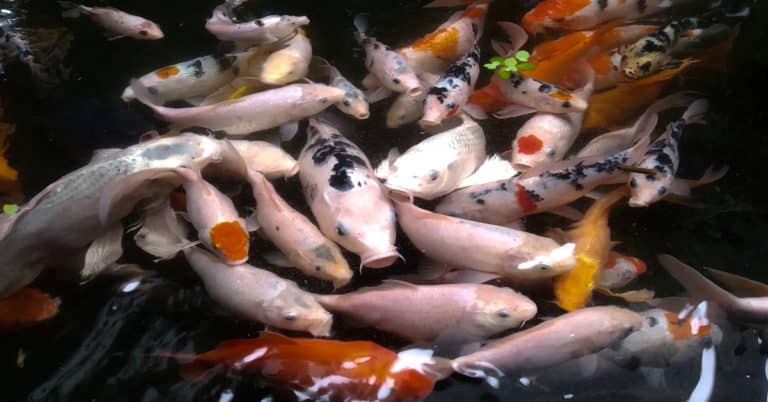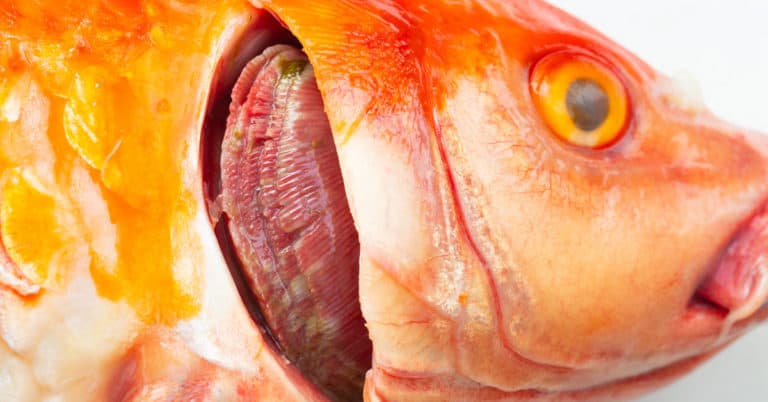Koi fish are known for their voracious appetites among fish owners. At least during the summer seasons. So, if you’re new to keeping koi fish, you might find it disconcerting if and when your fish start going off their food.
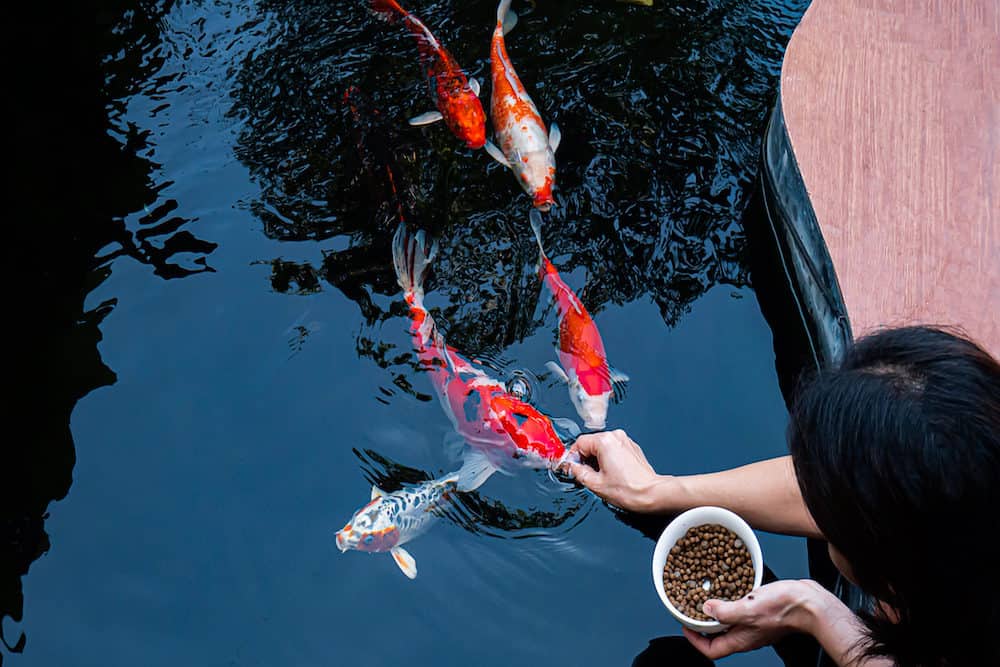
Koi fish's eating patterns are cyclical. Some seasons they eat as much food as they can as quickly as possible, but in other seasons they eat less. Some days or weeks they may seem to eat nothing at all.
That makes it natural to ask, how long can koi fish go without food?
The short answer is that koi fish can survive for up to two weeks without food. However, various factors contribute to the koi’s ability to survive without food.
With that in mind, the two-week estimate is based on the koi fish’s metabolism at the height of summer when it feeds regularly.
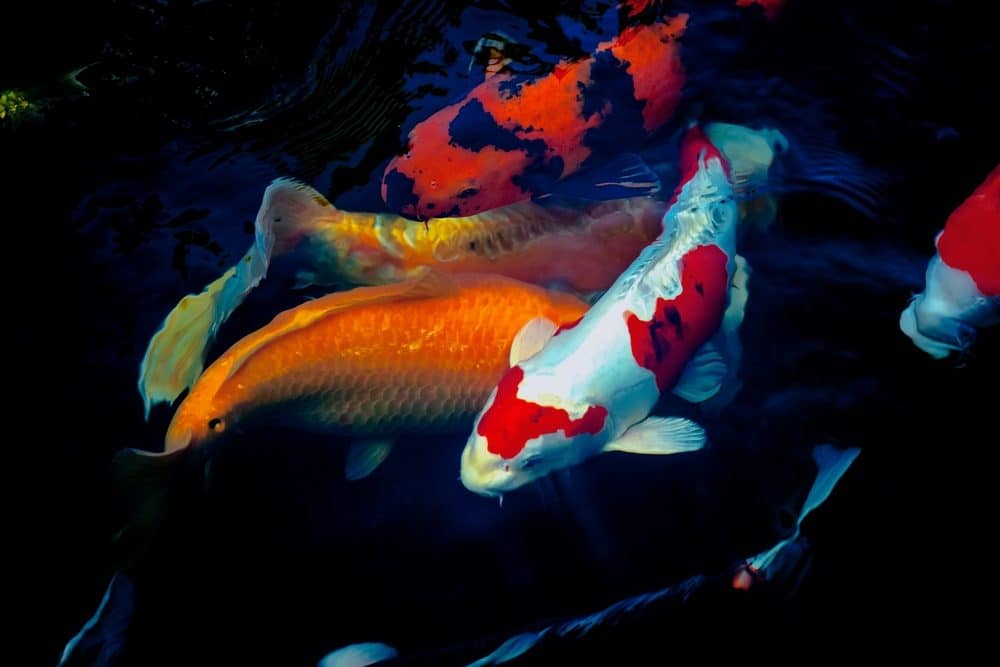
As a koi owner, how often and how much your koi fish need to eat depends on various factors. These include:
One of the significant factors affecting how long your koi fish can go without food is weather conditions. That’s because the koi fish’s metabolism speeds up or slows down depending on the climate.
In cold weather, the koi fish’s metabolism slows down. Like other animals, they also become less active and start conserving energy.
The water temperature in your koi pond also plays a role in how long your koi fish can go without eating.
As the external temperature drops, so does the water temperature, and this affects your koi fish. From fall onward, you will notice a significant change in how much food your koi fish eat.
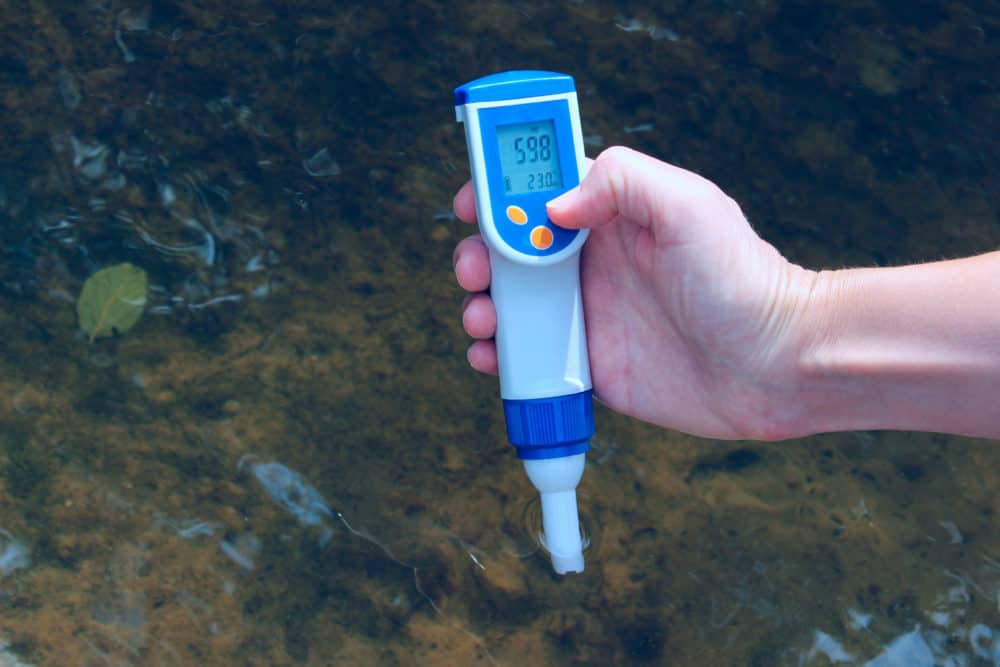
But cold water isn’t the only thing to slow down a koi fish’s feeding. They also react adversely to extremely high temperatures. So, if their water rises above 95 degrees Fahrenheit, you may see a similar drop in your koi fish’s eating pattern.
Koi fish are not used to hot weather, and they react to it as if they are experiencing extreme cold. Their metabolism slows, and their activity level falls. Koi need decent amounts of oxygen to digest their food effectively, and the humid weather associated with extreme heat undermines this.
However, if the heatwave looks likely to last a long period of time, consider migrating your pond fish to a climate-controlled tank. While it’s a hassle to organize, it’s important for preserving your fish’s health since if they can’t bulk up on summer koi food, they will have less energy and food reserves to help them survive the winter.
There’s more to how long your koi fish can go without food than weather and water conditions. Something else to consider is that not all koi fish food is right for all times of the year.
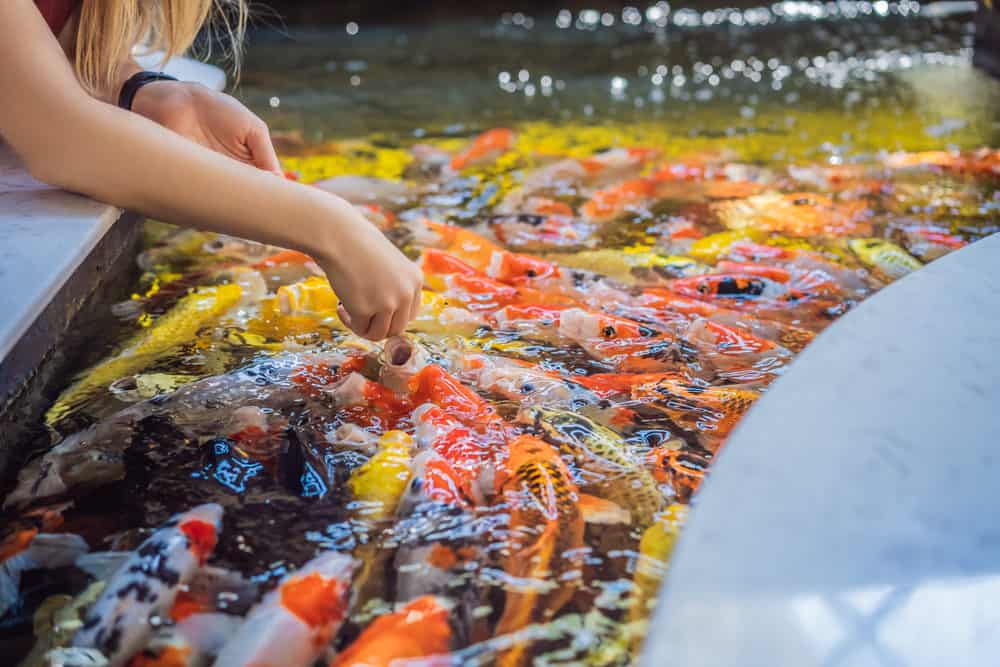
This is particularly true of koi fish in a garden pond environment, where their habitat shifts to reflect the seasons.
The summer season is when the koi fish’s metabolism is fastest, and they eat most. It’s the time of year when they bulk up on food stores they will rely on in the colder months, and during this time, they can eat between four or five times a day.
This is also the time of year when the longest a koi fish can go without food is approximately two weeks. More than that would have detrimental effects not only on the health but potentially the life of your fish.
However, you must keep in mind that koi fish need oxygen to digest their food effectively. For that reason, on days when the temperature exceeds 88 degrees Fahrenheit or before a storm, you should be feeding koi fish fewer meals than the prescribed four to five times a day.
As the weather turns colder and your koi fish starts eating less, you may want to change your fish food.
Koi can and will eat anything, but how well they digest it depends on many of the same factors that affect their eating habits. In cold water, koi fish struggle to digest the kind of proteins prevalent in summer food.
That’s not to say you can’t feed your koi fish summer food in fall, but since digesting it leads to excess amounts of waste, you don’t want to. The excess waste has a detrimental effect on your koi fish’s habitat, and that impacts pond water quality.
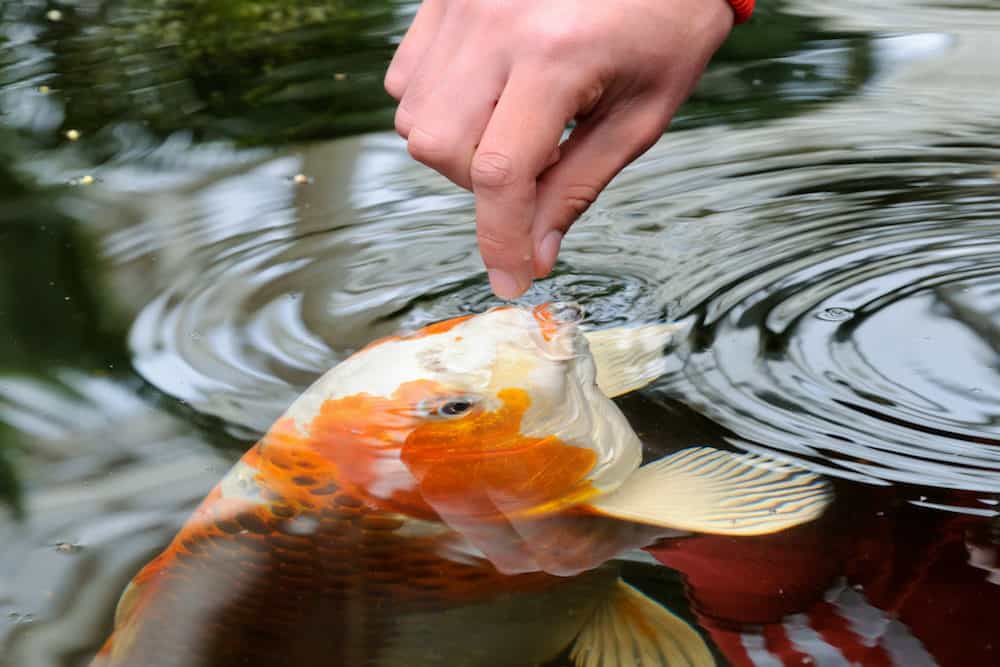
Consequently, it’s best to switch your koi fish over to cold weather food once you notice their water dropping to approximately 64 degrees.
For high-quality cold-weather food, look for fish food that lists wheat germ early in the ingredients. Koi fish find this easy to digest, even in cold water.
It’s also worth transitioning your koi fish from their summer to winter food gradually. If you monitor the water temperature regularly, start the transition when you notice the water temp falling.
Do this by mixing the cold-weather food with the summer food, adding a little more each day. By the time the koi fish have completely switched to cold-weather food, they'll be used to it, and it won't shock their systems.
It’s also important to remember that as you transition your koi fish to winter food, you don’t need to feed them as often.
Eating four or five meals during the summer is normal. But, as we’ve said, koi fish have slower metabolisms during the fall and winter. Consequently, it's not necessary to feed them as much at those times of the year. Instead of four or five meals a day, feed your koi fish no more than twice a day.
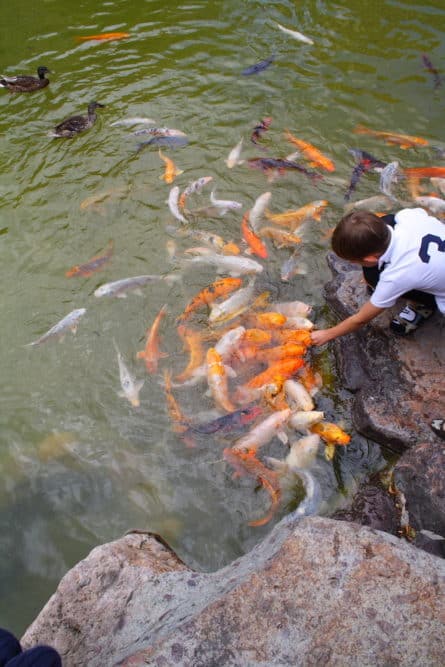
Whatever the season, you want to feed your koi fish as much food as they can eat in five minutes. This applies to both mature fish and smaller fish. When calculating this, you’ll need to make allowances for:
Finally, note that if you keep your koi in a fish pond and it freezes over, you must crack the ice to keep the proportion of oxygen and gases balanced. However, if it's cold enough for the water surface to freeze, you shouldn't feed koi at all - as they won't be able to process the food.
While koi carp can go up to two weeks without food in summer, and sometimes even longer in winter, you still want to keep on top of feeding them to maintain healthy fish.
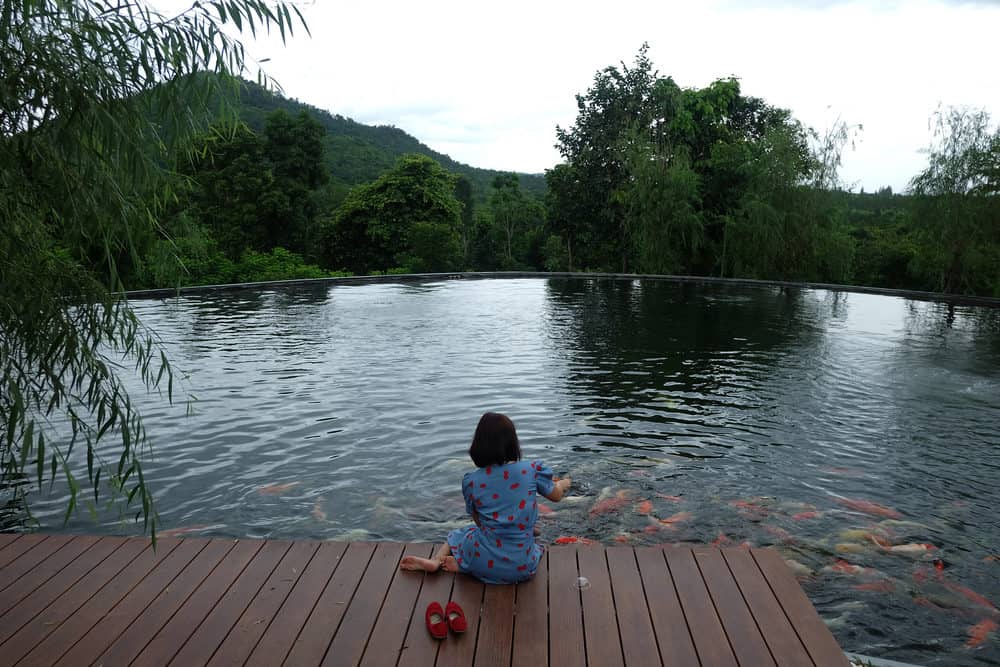
But if you run out of food, you’re in luck. Koi fish can and will eat anything. They’ve even been known to eat some kinds of human food, including:
Watery foods are particularly popular with koi fish, and they’ve also been known to eat:
You can even persuade your Japanese koi fish to eat broccoli and other, denser-textured foods. But for the best result, it helps to soften these foods up first so that your koi fish have an easier time eating them.
As you’re searching for a stop-gap to minimize how long your koi go without food, remember to take the weather into consideration. In the summer, carbohydrates are popular with koi, as they keep them feeling full between meals.
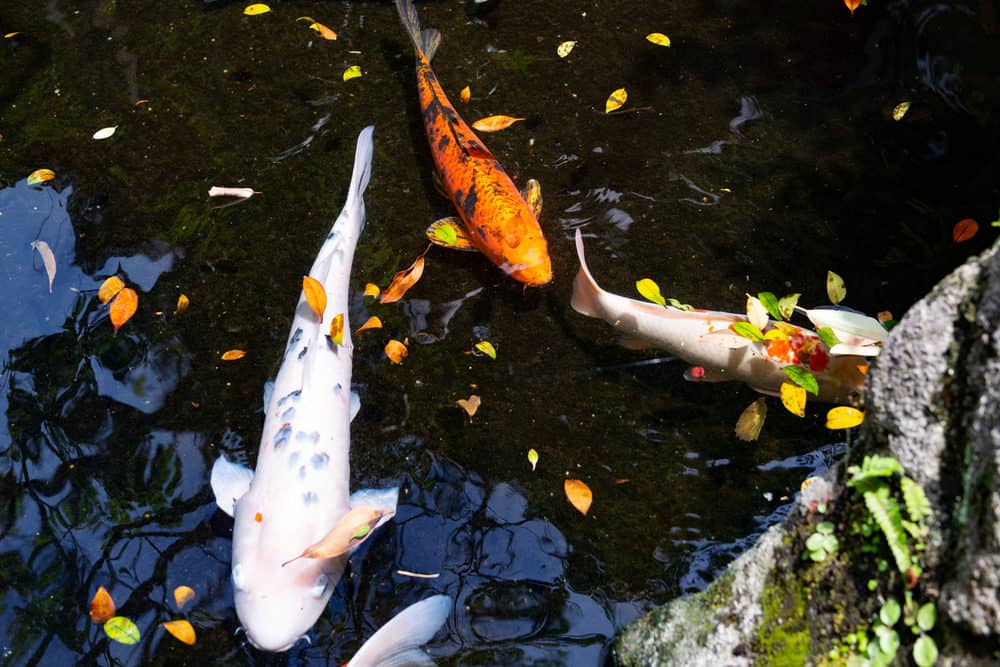
In winter, harder carbs are preferable, and you can get away with feeding your koi fish the occasional helping of rice or potatoes. However, while your koi fish can eat these foods, they may puff up a bit afterward.
To avoid this swelling, try to find less starchy versions of these carbohydrates. Sweet potatoes are an excellent alternative, as is whole wheat rice.
And, as ever, keep in mind that your alternative source of food must be small enough for your koi fish to swallow easily. Their teeth don’t sit in the mouth like ours. Instead, they’re at the back of the throat, so if their food is too big or too hard to break down, they will struggle with it.
We’ve talked throughout about how weather and water temperature affect your koi fish’s metabolism. But those aren’t your only consideration.
The type of habitat also has a role to play since ponds naturally have more plant life than tanks.
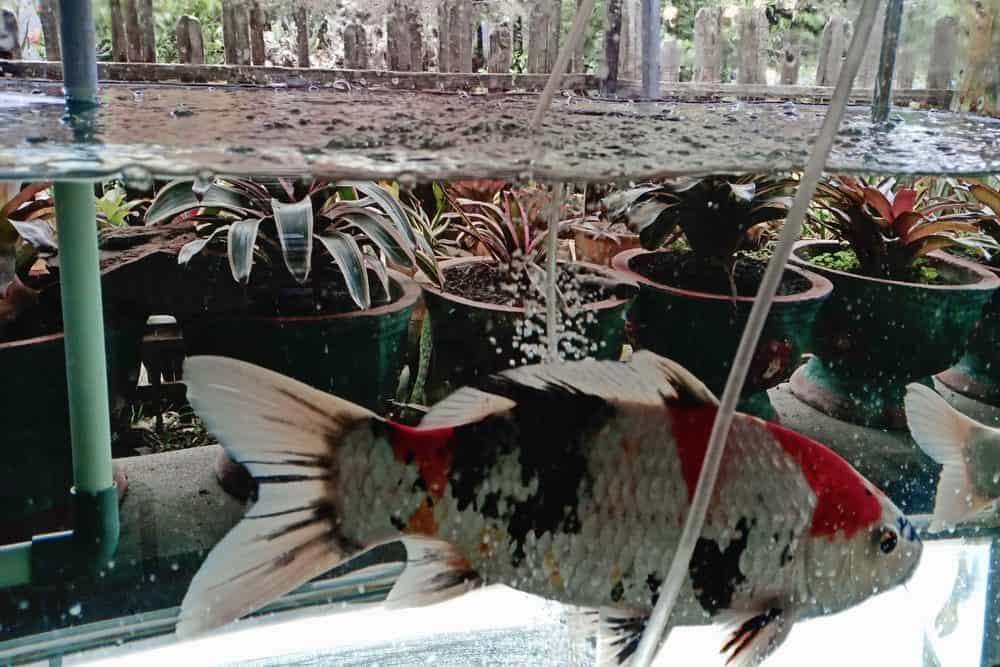
Koi fish in ponds can get by on less food than their tank-raised counterparts because when food gets short, they start mining the algae and pond life for nutrients.
This is harder for tank-raised fish to do since our natural instinct is to keep the tank free of things like algae, if only for aesthetic reasons.
How long your koi fish can go without food is about more than your fish’s ability to fast. It’s affected by things like:
But on average, you don’t want to leave your koi fish without food for more than two weeks, especially in the summer when their metabolisms are fastest.
If you notice that there are pond pellets or other uneaten food left in your pond after a feeding, you'll want to cut back on the quantity of food that you're feeding your fish. This excess biomatter can actually promote the growth of algae and result in your outdoor pond having very poor water quality.
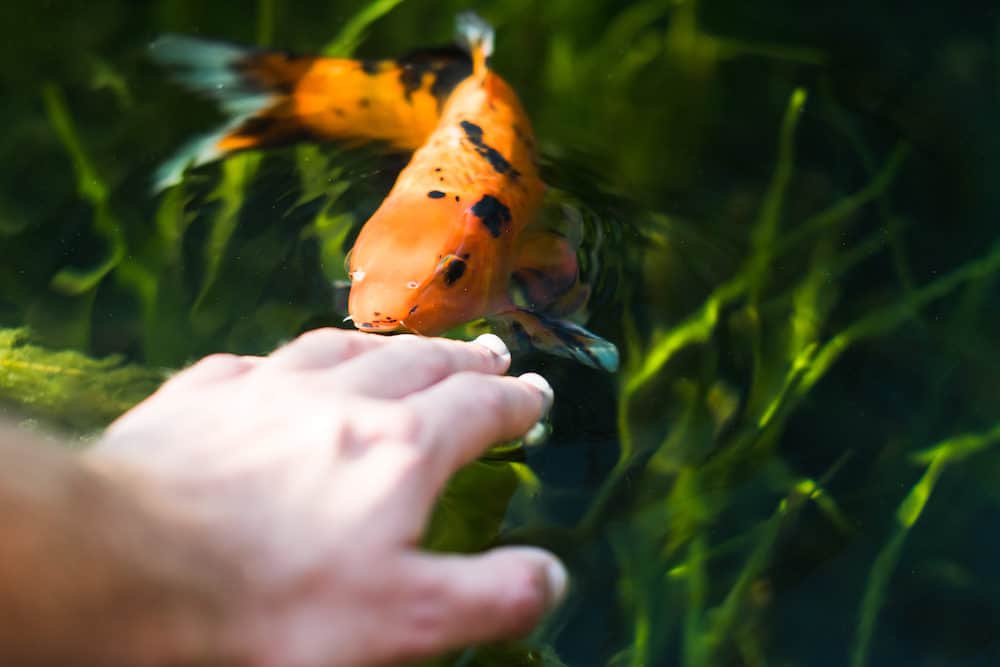
If you do find yourself without food for your koi fish, remember you can improvise. Koi fish aren’t choosy about what they eat. As long as it’s soft and properly broken down, your koi fish will eat it eagerly, and you won’t have to worry about them missing their meals.
